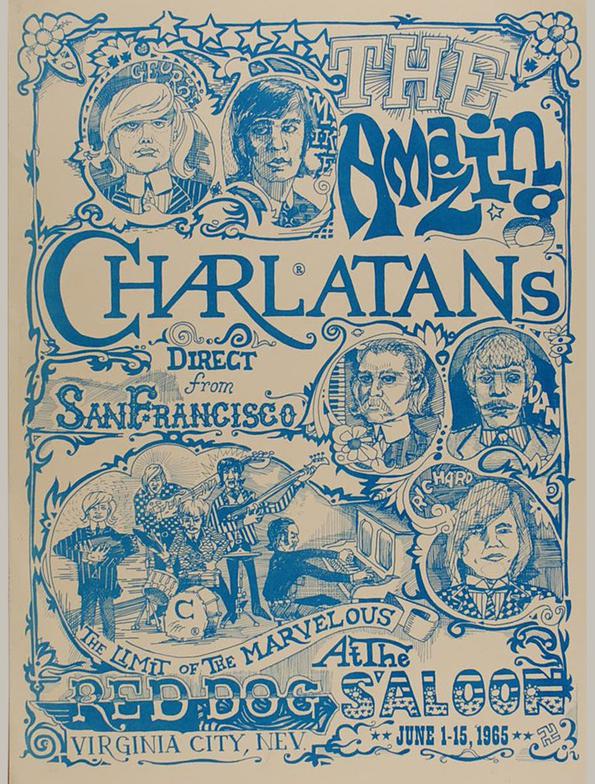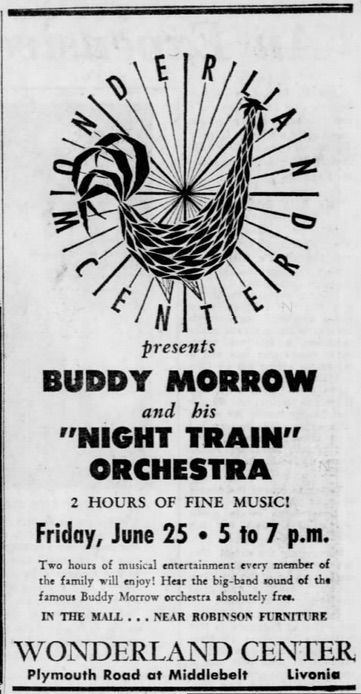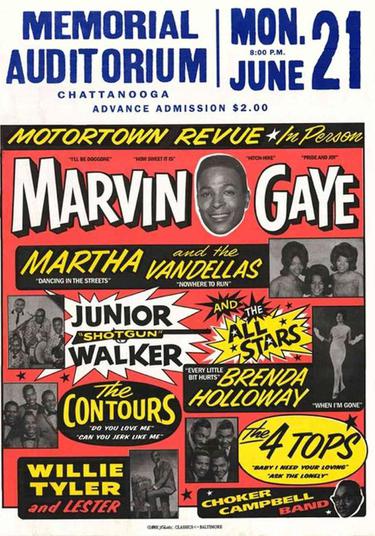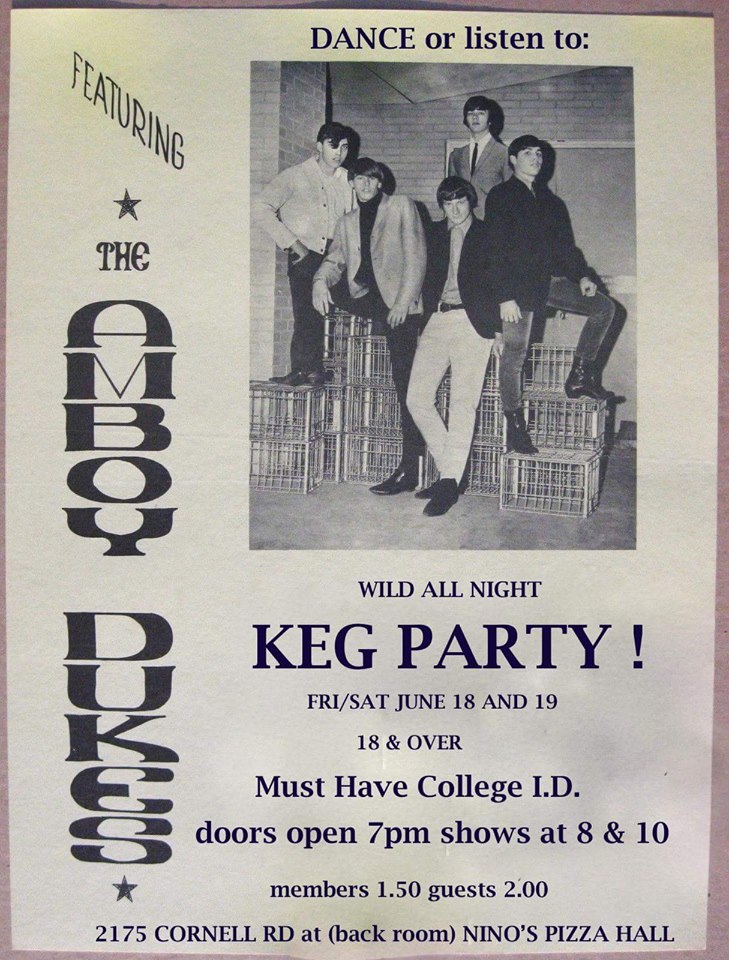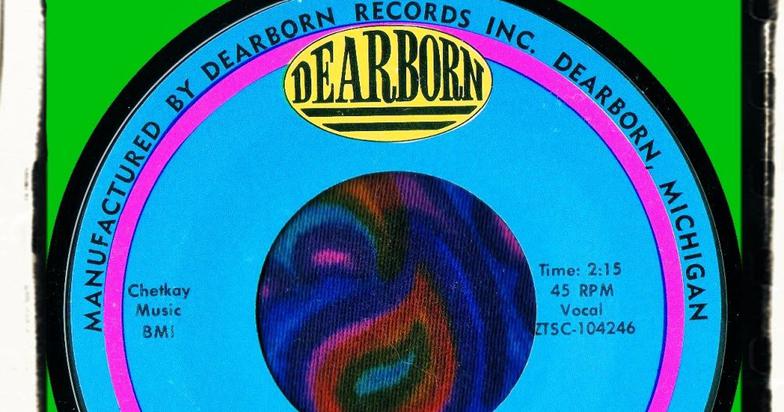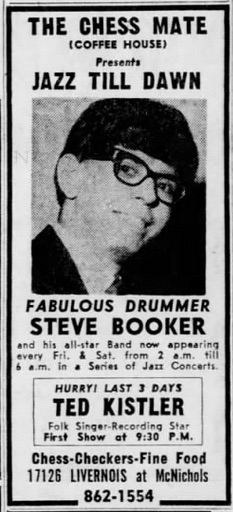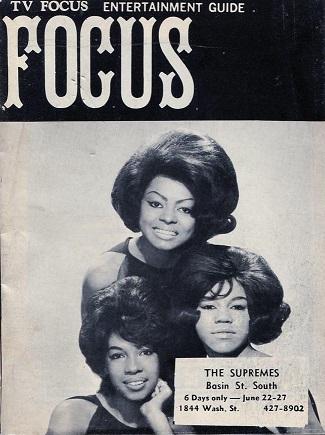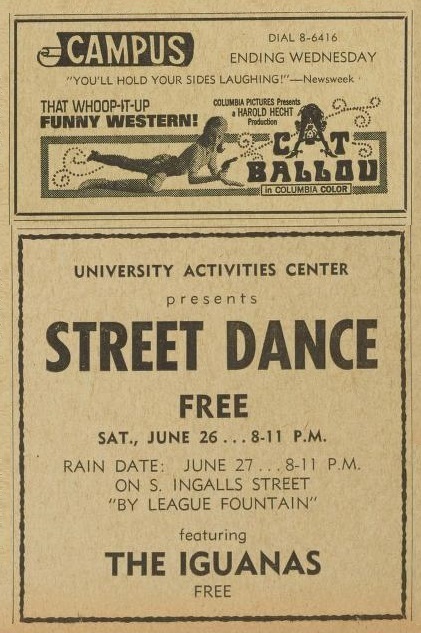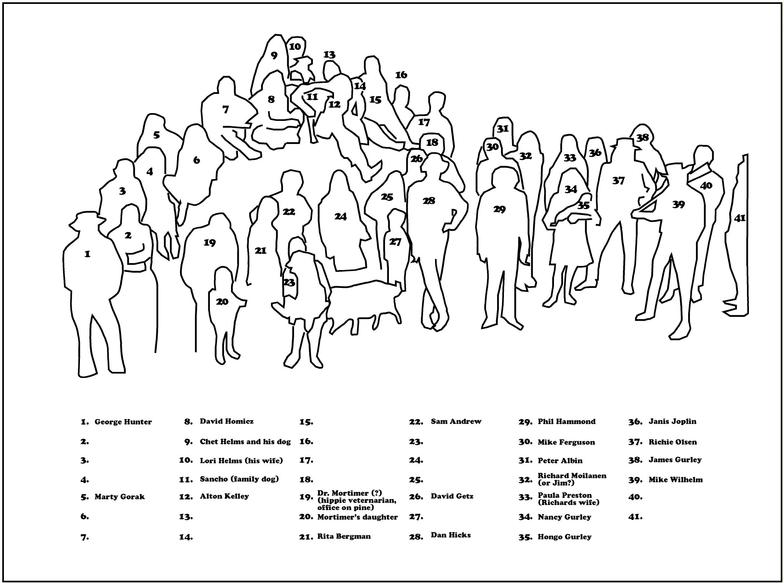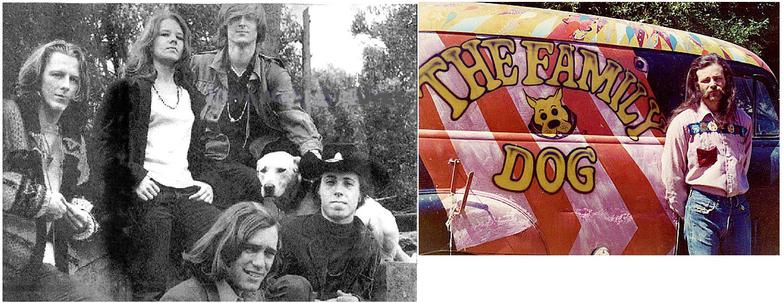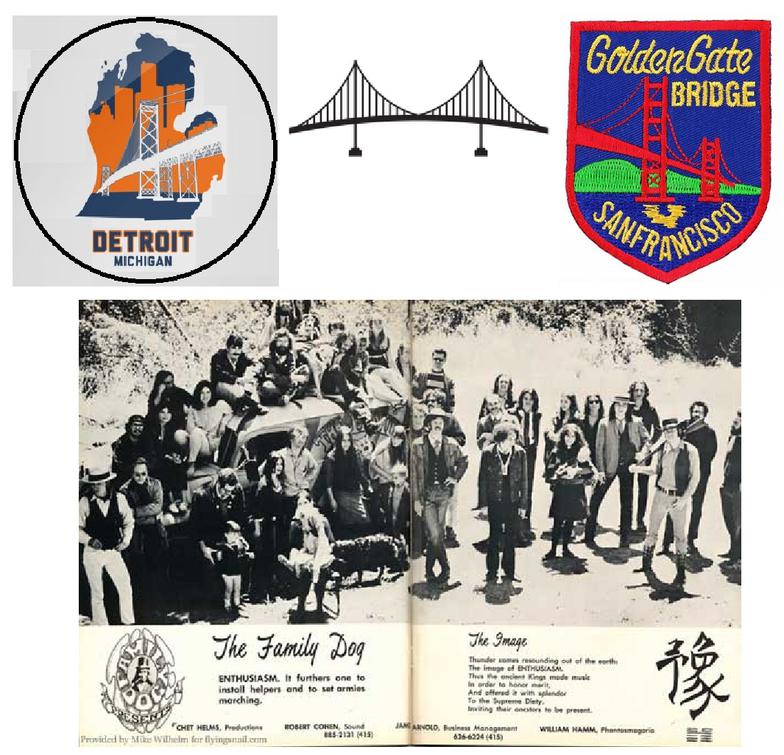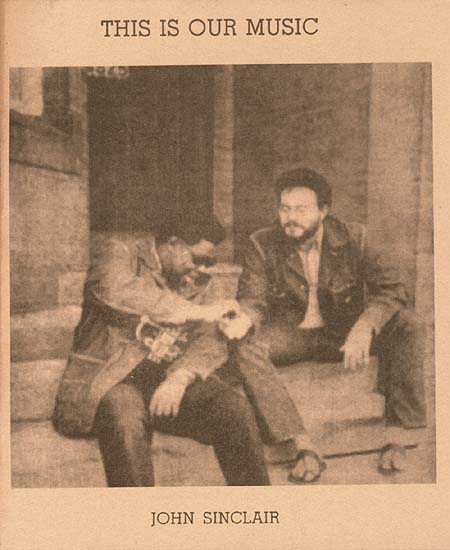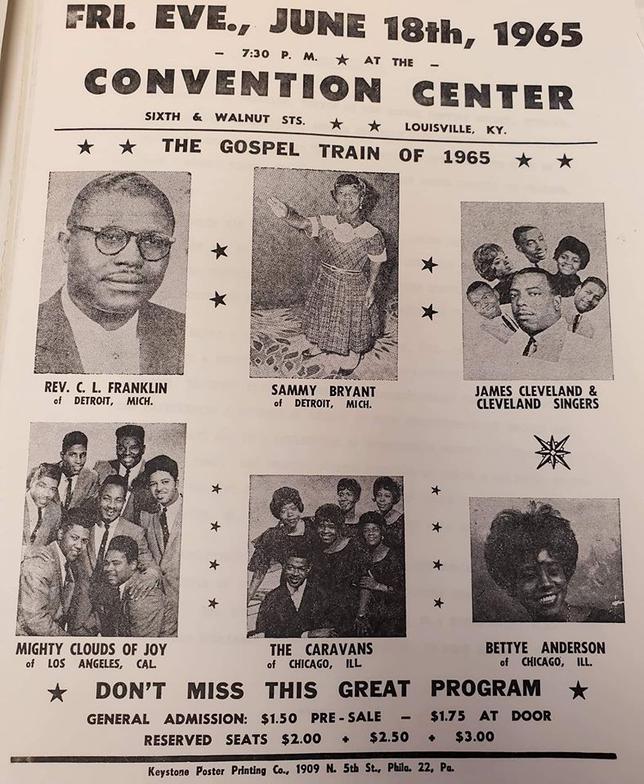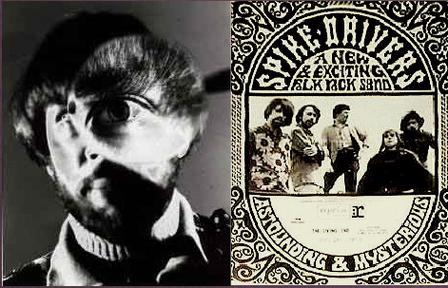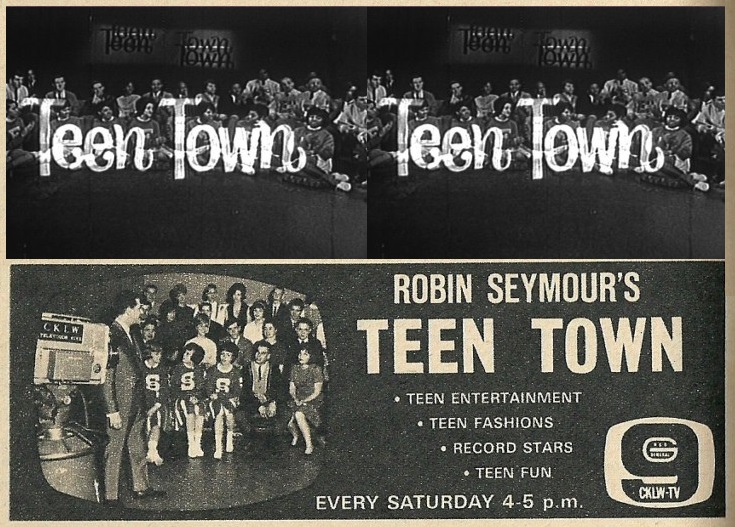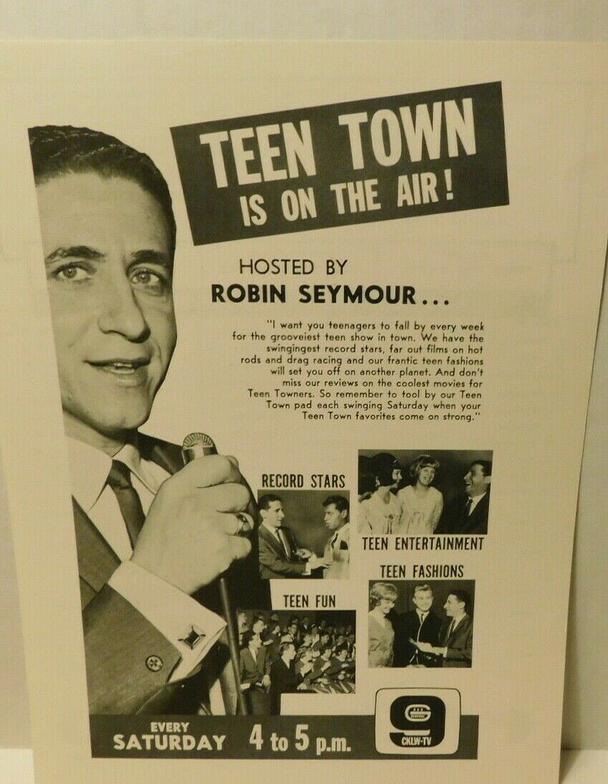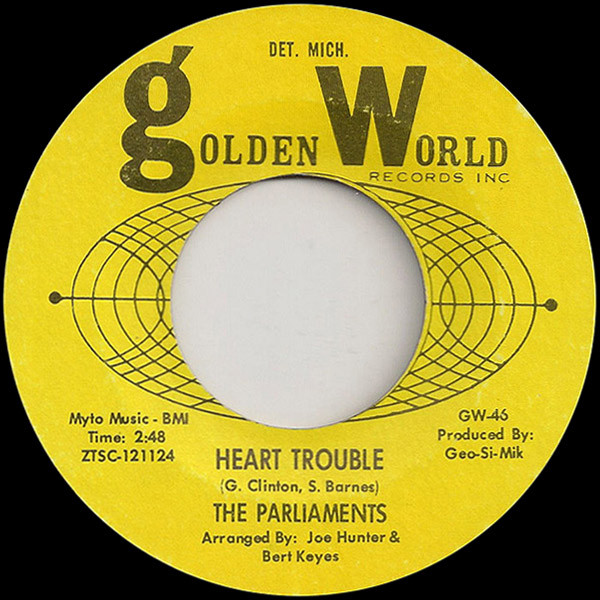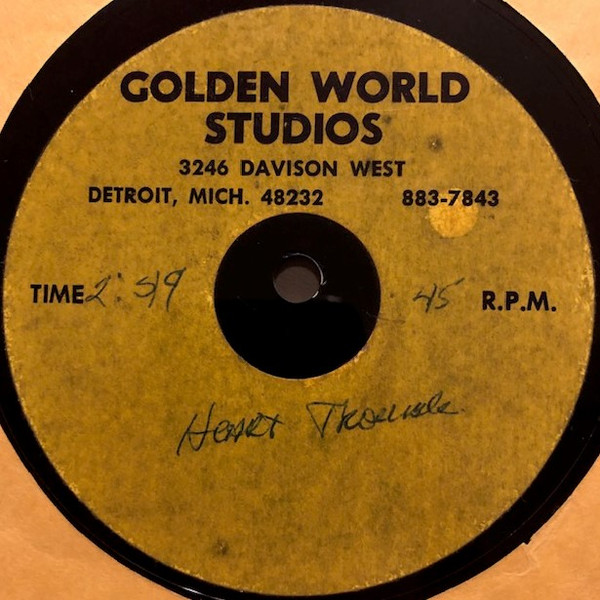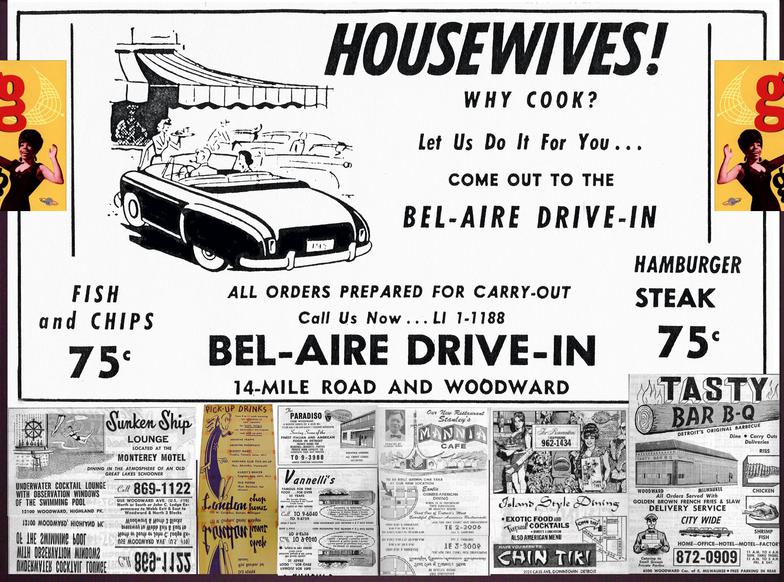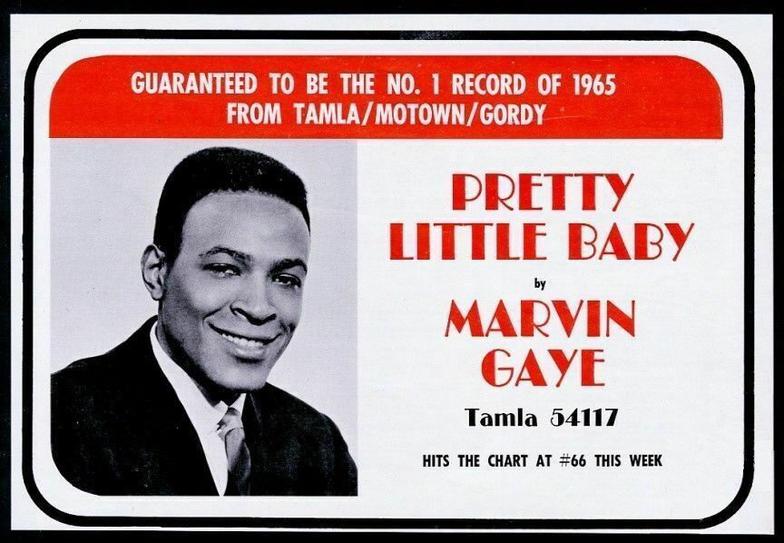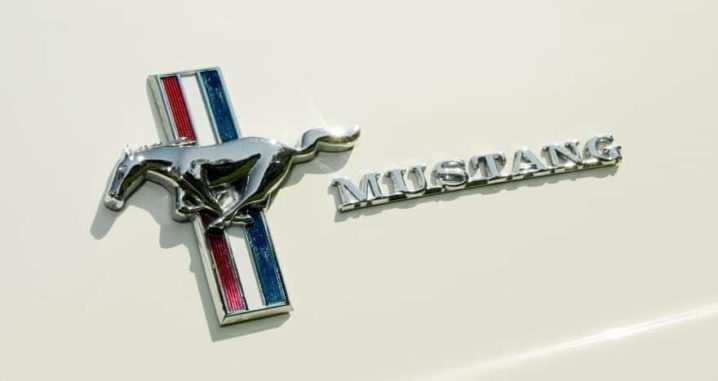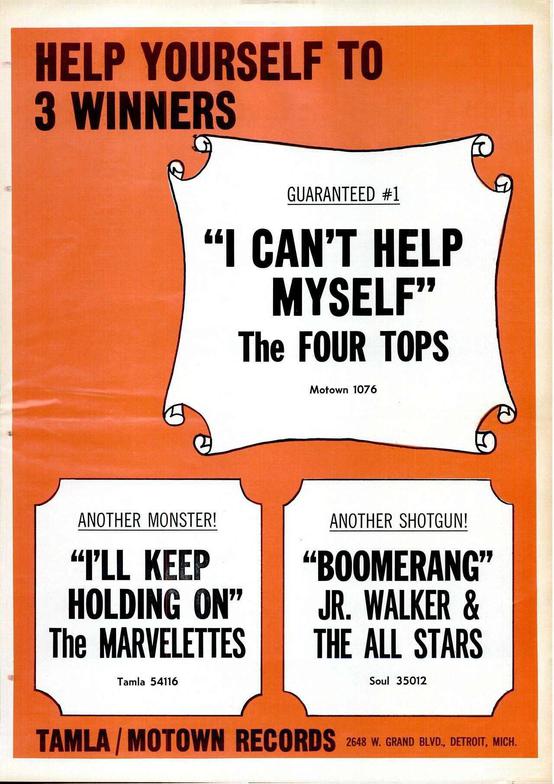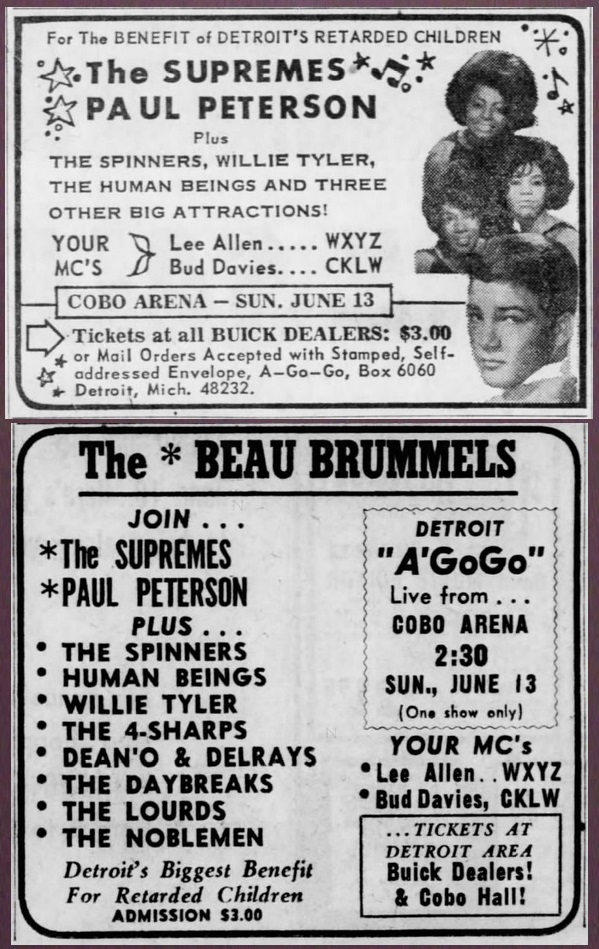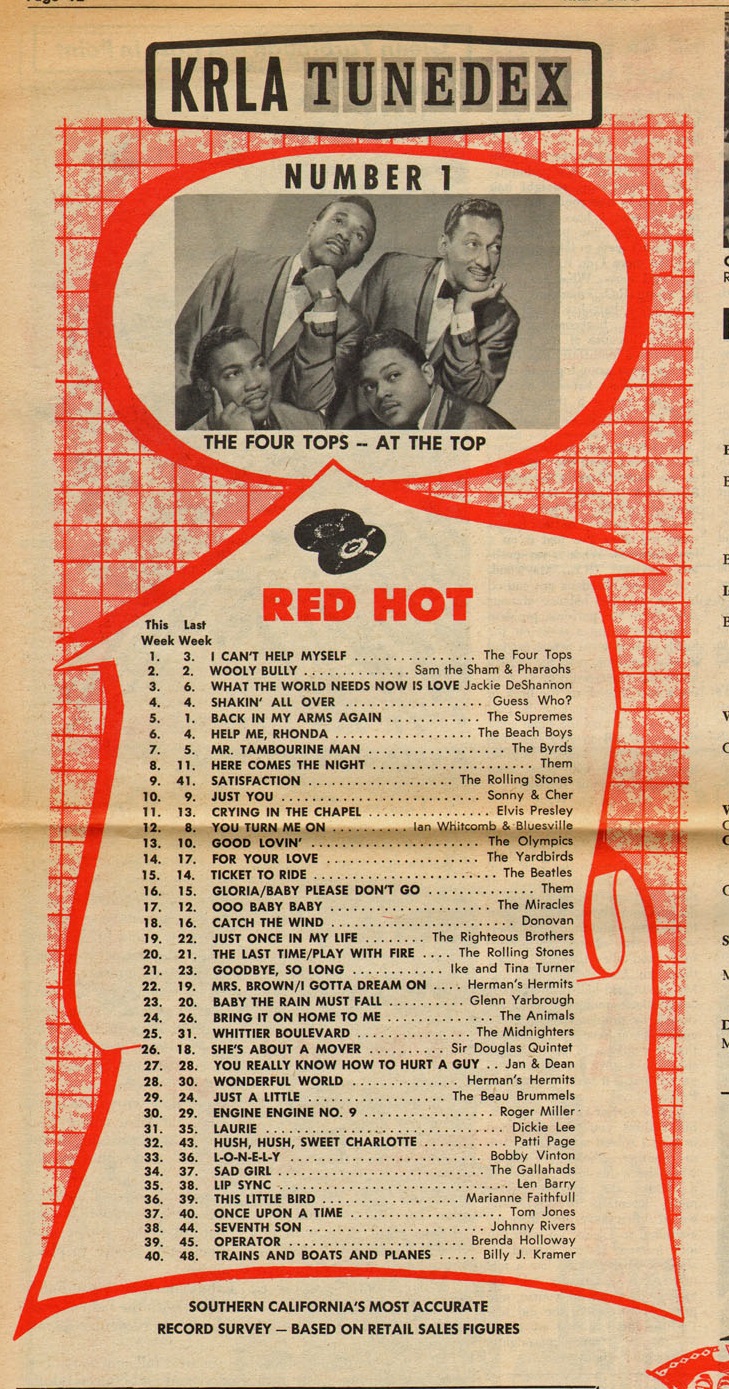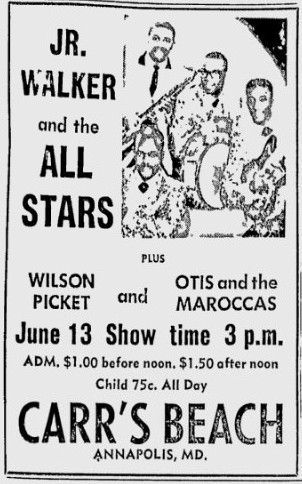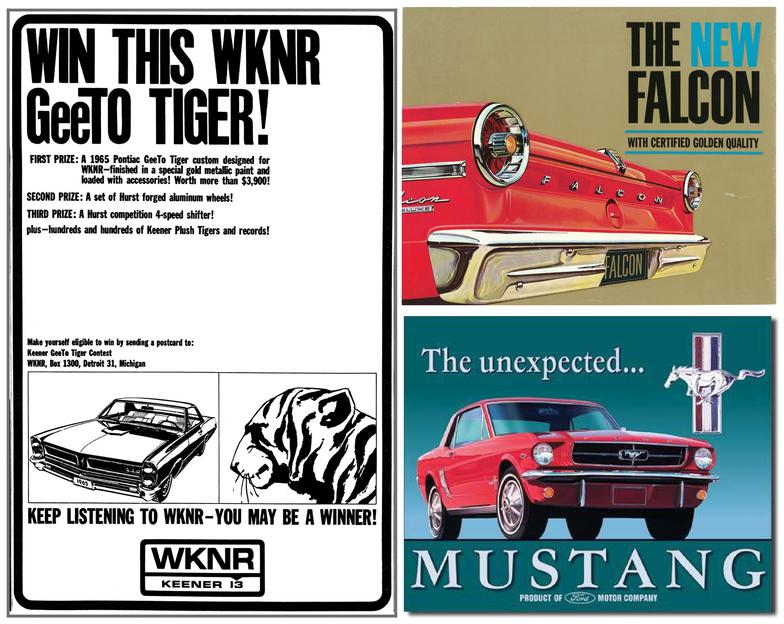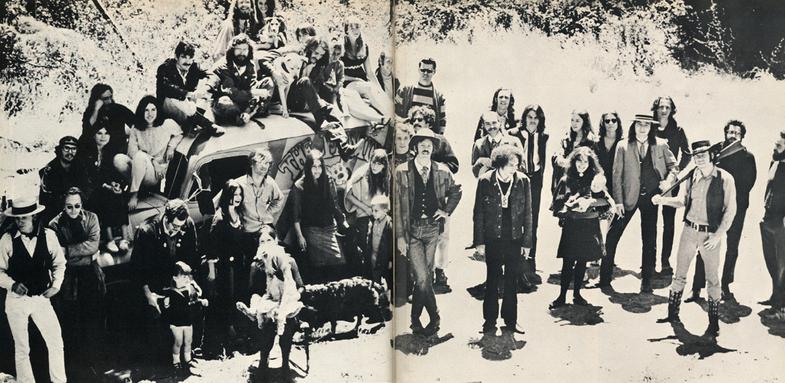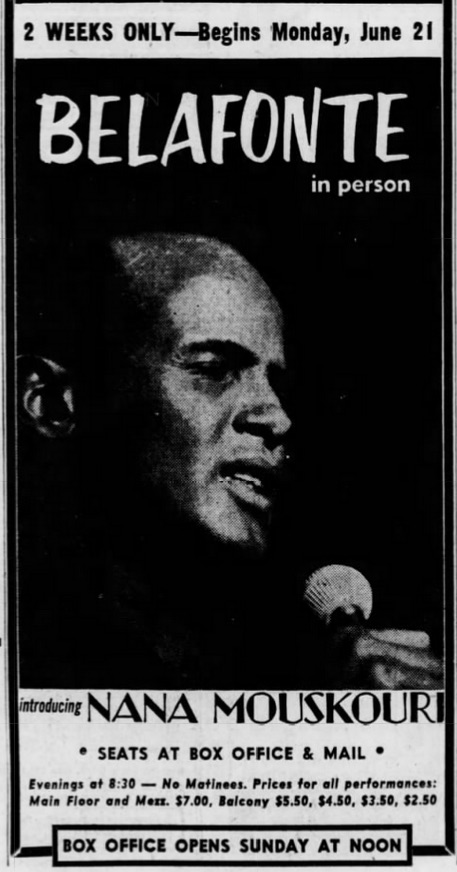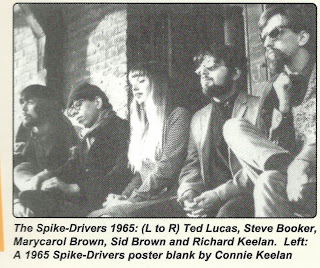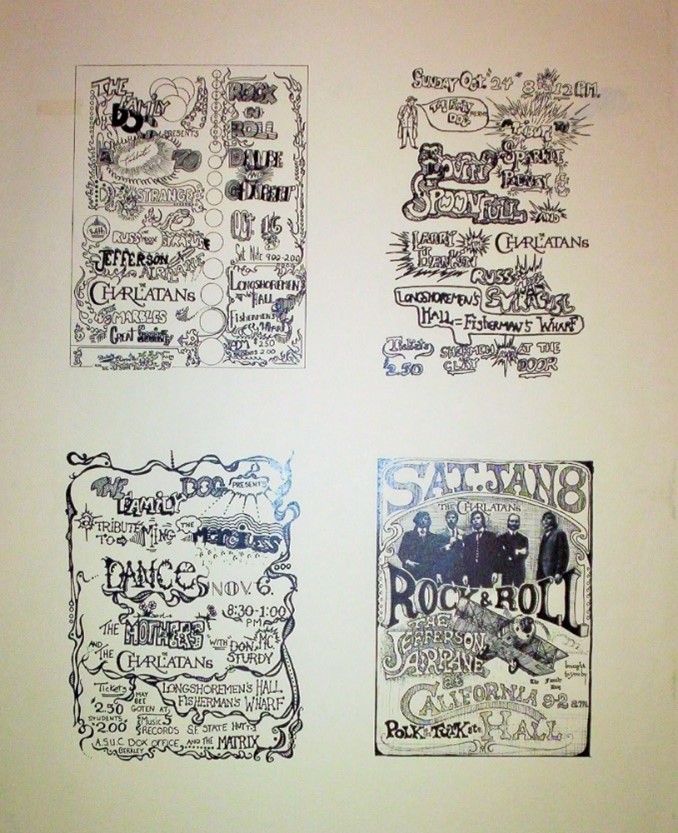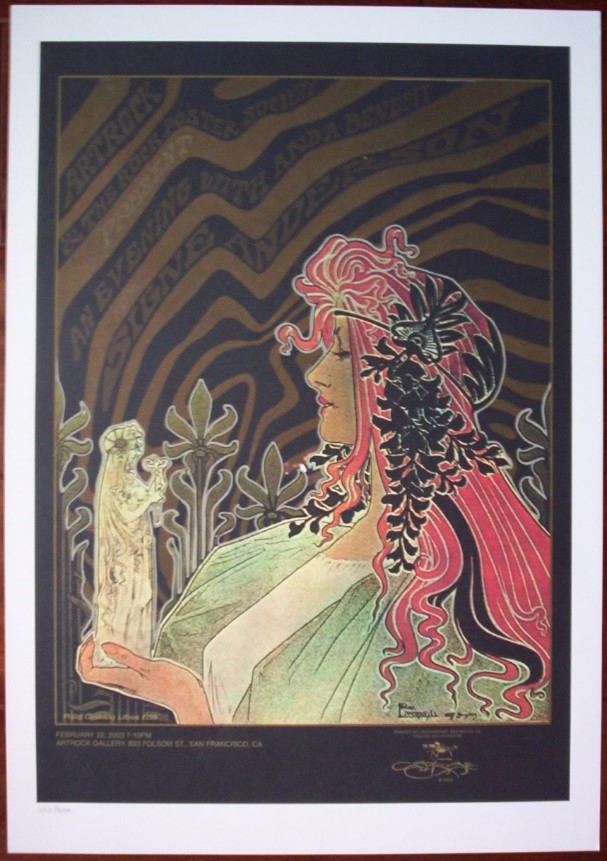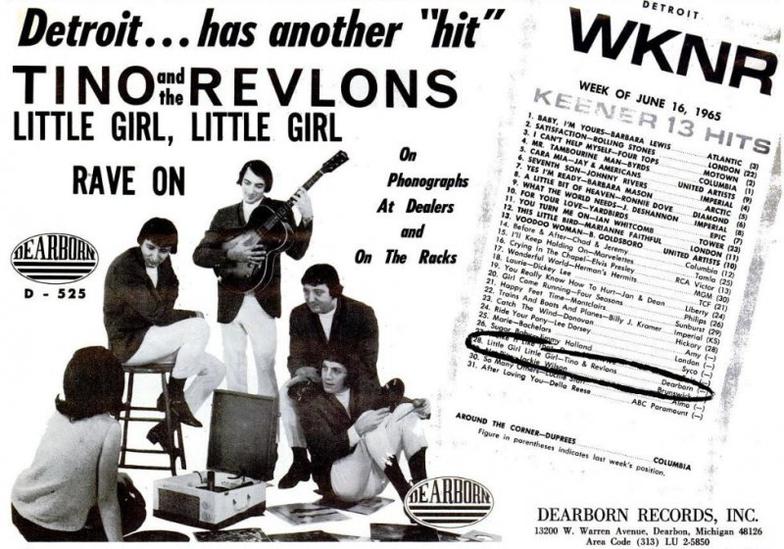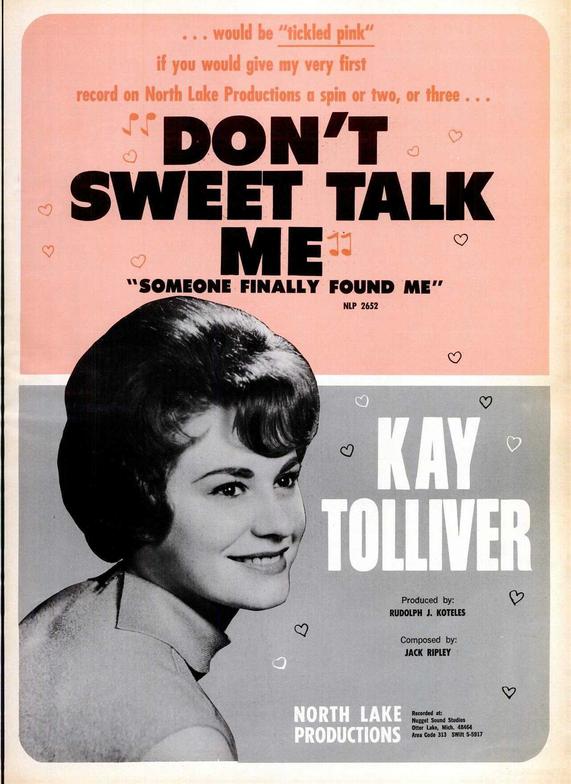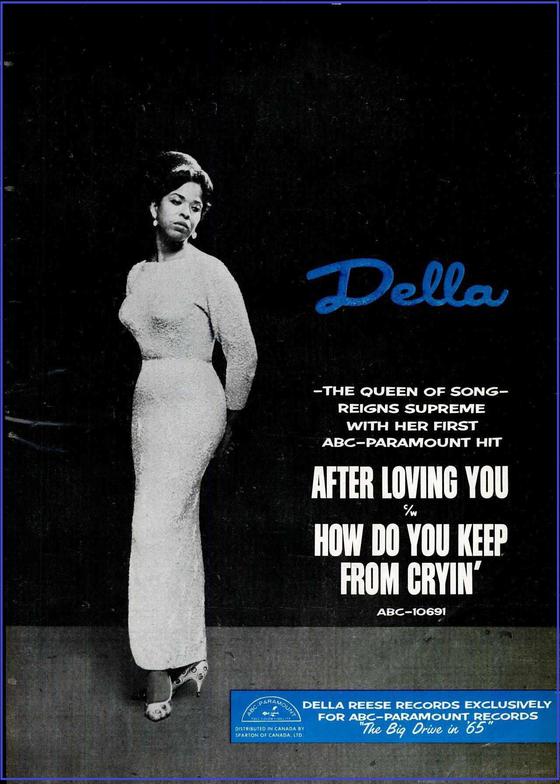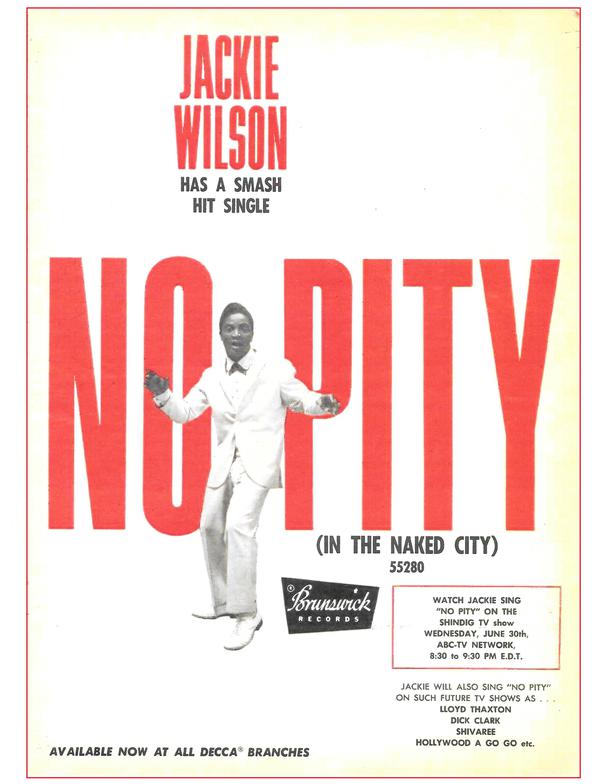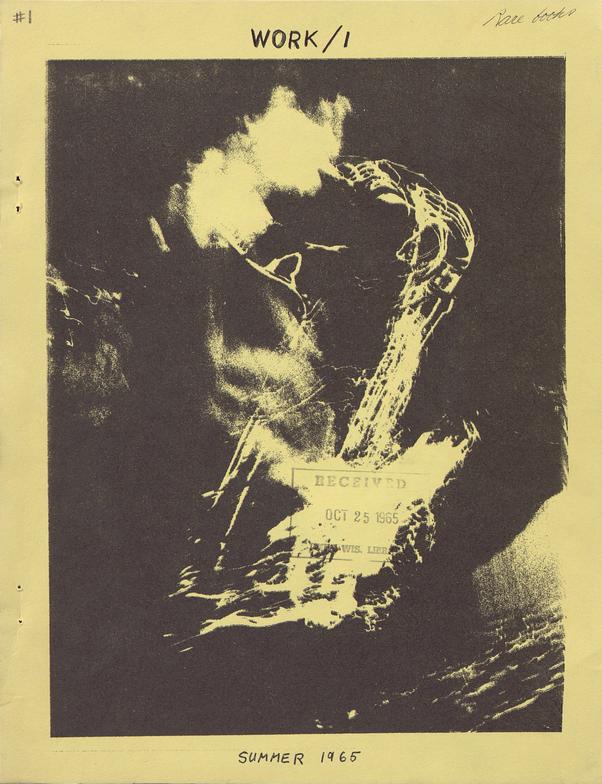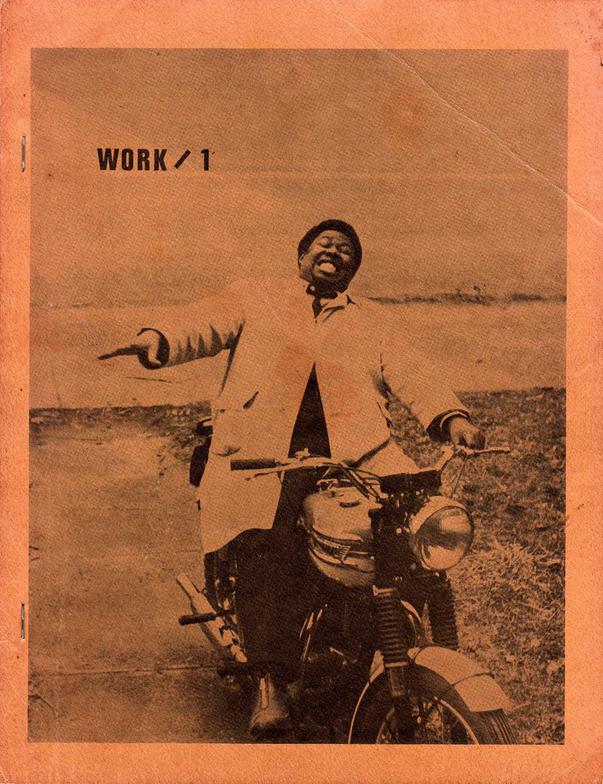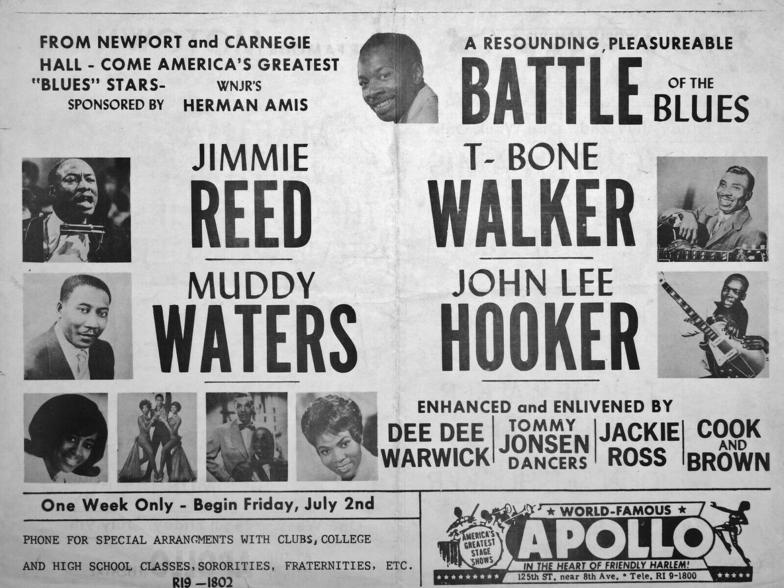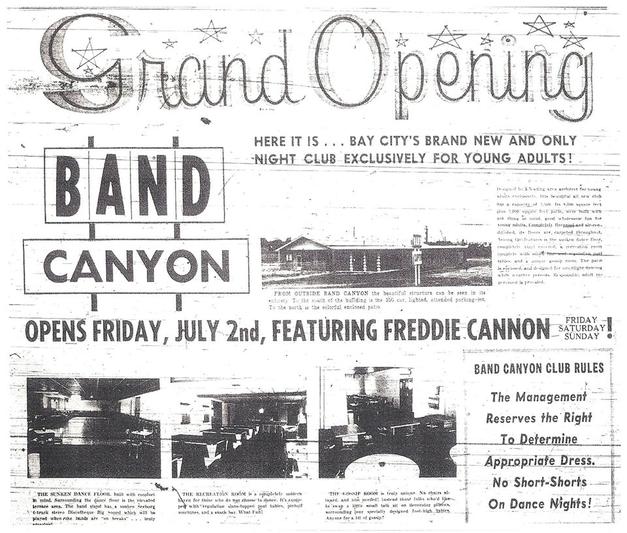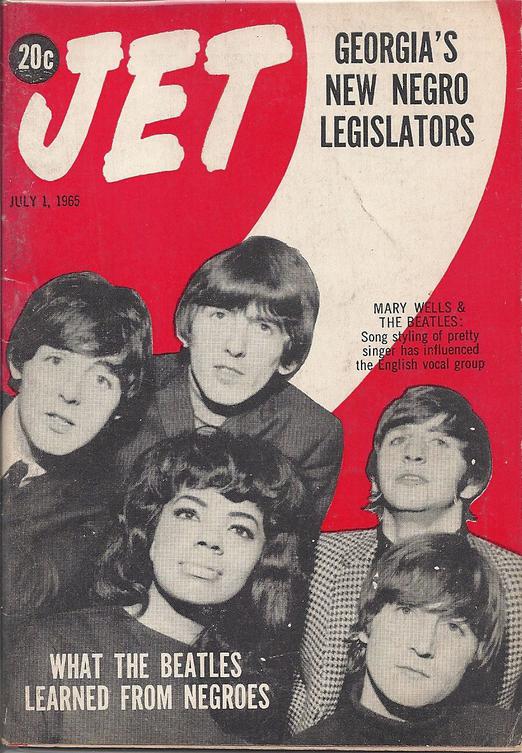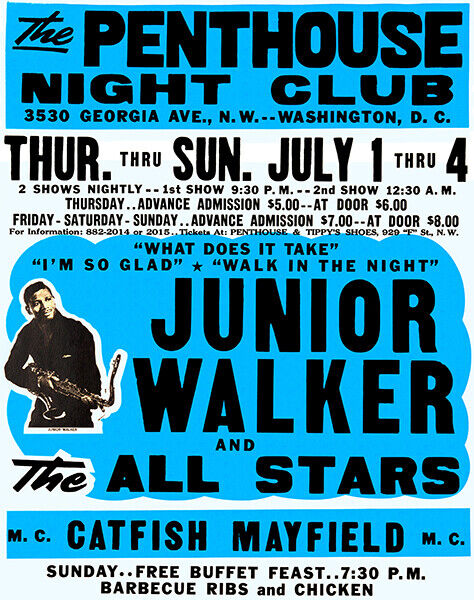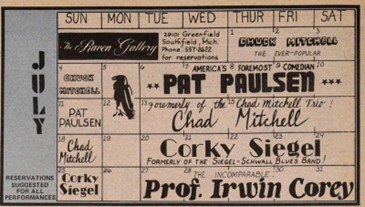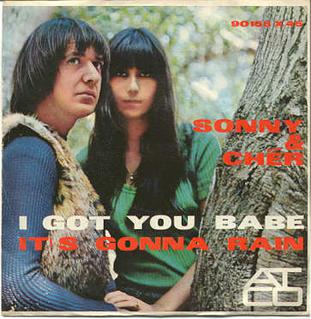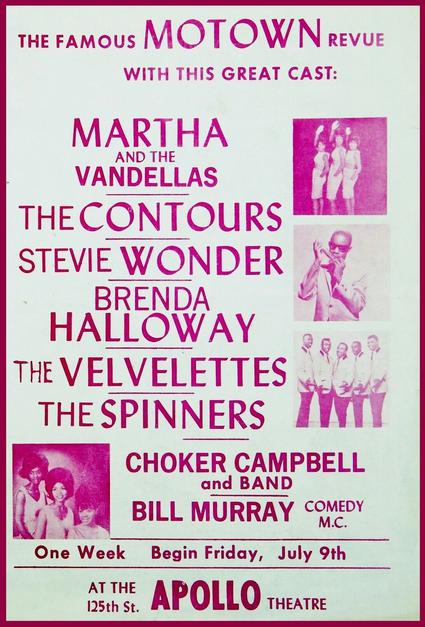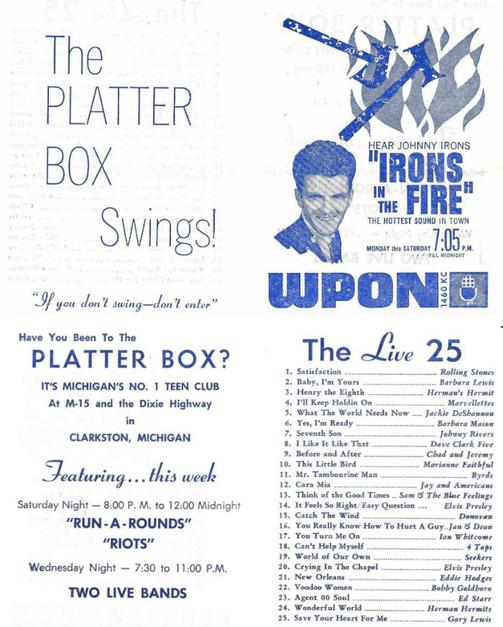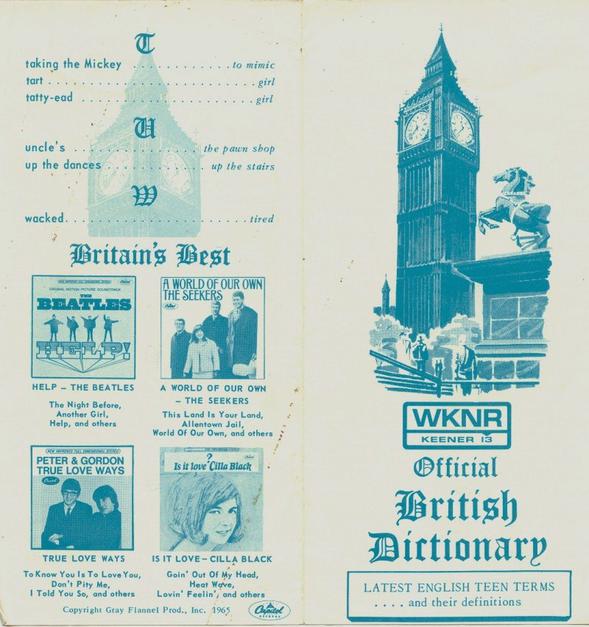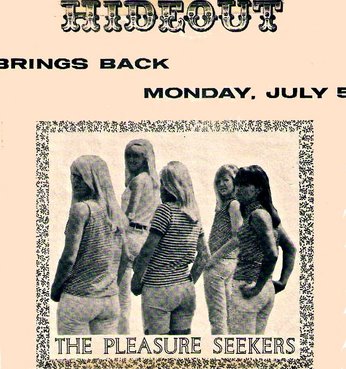Splatt Gallery
Double click here to add text.
Splatt Gallery's History of Michigan Music Posters
Volume Two - 1964-1966 - Page Seven
***********************************************************
Volume Two - 1964-1966 - continues - HERE
And here it is…finally! - from June, 1965 - THE very first “rock poster” ever, so widely considered to be such, that it is known in the poster world as “The Seed” – so who are we to disagree?
With an error on it to boot (that should make poster artists chuckle) in that the dates on it were wrong! The Red Dog Saloon, in Virginia City, Nevada fell behind in preparations, pushing their opening from June 1st to June 21, 1965. A quick second edition poster with the corrected date was issued (printed in black instead of the original blue). The poster was designed by two members of the band, The Charlatans, George Hunter and Mike Ferguson.
Now, of course, we have seen multiple examples of concert posters already, starting with the one for the very first rock concert ever, Alan Freed’s Moondog Inauguration Ball back in 1952, but that poster had only text and no images. We have also seen numerous beautiful examples of the “boxing style” posters, but despite a very creative evolution in the use of text and imagery, they are formulaic and often generically used for multiple dates and venues of a tour.
What sets “The Seed” apart, and more importantly, in the multiple works that would immediately follow in an explosion, is the purposeful creation for a unique specific event, using the art as a means towards itself, with stand-alone value and simultaneously reflective of the style and flavor of the event being advertised. Maybe this is a small distinction, and it is hard to state definitively that NOTHING like it had ever existed before (and may still lay undiscovered somewhere) but we’ll go with it.
For the most part, it is the nearly-immediate, sheer proliferation of amazing, ground-breaking art that follows in the next few months that marks “The Seed” as a point of departure. But this is not to discount the many delights in the artwork on this poster, from the fake trademark on the stylish font for the band’s name, to the backwards swastika in the lower corner (removed for the second printing).
The tongue-in-cheek line on the poster, "Direct from San Francisco" implies this is a big-name band from a big-name city, while in fact, this would be the Charlatan's first concert performance. They ended up playing a six-week residency at The Red Dog Saloon that became a legendary draw for making the four-hour drive from San Francisco to “trip in the desert”.
The Charlatans triumphantly returned to San Francisco, but they were never able to reach the same level of success that so many other bands from that city obtained. They broke up before the sixties ended, although drummer Dan Hicks spun off a group of his own, Dan Hicks & The Hot Licks, and George Hunter started a design company, Global Propaganda, and created many iconic album covers such as the one for "It's A Beautiful Day".
The Charlatans – The Shadow Knows (1965)
https://www.youtube.com/watch?v=5cD18Mw9tE4
An ad for Buddy Morrow & his “Night Train” Orchestra (named after his 1952 hit record) at the Wonderland Center shopping mall in Livonia, Michigan on June 25, 1965. Although Morrow had performed in Michigan at least 70 times from 1946 through 1960, frequently at the Walled Lake Casino, this was his first return in five years and apparently his final Michigan appearance. Morrow continued on as a member of The Tonight Show Band and led the Tommy Dorsey Orchestra from 1977 through September 24, 2010, three days before his passing.
Buddy Morrow – Night Train (1952)
https://www.youtube.com/watch?v=hamup2cGTLU
Another Globe Poster beauty, for the Motor Town Revue stop in Chattanooga, Tennessee, June 21, 1965. If you look closely at the bottom of the poster, it says “Globe Poster Classics”, these were a limited series of reprints that the Globe company produced in 2008. They used the same plates, colors, thick paper stock, and printing process as the originals, so they are far superior to the many other bootleg reproductions.
As soon as he arrived in Chicago, Ted Nugent wasted no time putting a new band together, called The Amboy Dukes. For the next year and a half, the Dukes played the teen club circuit in and around Chicago until Ted graduated from high school and took the band back to Detroit. This “Keg Party” flyer is dated June 18-19, 1965.
Dearborn Records, home of Me & Dem Guys, Tino & the Revlons, Gunyon, and others, also released this single by The Jammers, who later re-located to East Lansing, Michigan and became The Woolies.
The Jammers – You’re Gonna Love Me Too (1965)
https://www.youtube.com/watch?v=F7u5Bnwk-6k
An ad for “fabulous drummer” Steve Booker at the Chess Mate coffee house in Detroit, Michigan, for eight nights, starting on June 18, 1965.
The cover of an entertainment magazine with the Supremes appearing at the Basin Street Club in Boston, Massachusetts, June 22-27, 1965.
A newspaper ad with the Iguanas performing at a free street dance in Ann Arbor, Michigan on June 26, 1965. Drummer Jim Osterberg joined the Prime Movers in November, so it’s likely he was still with the Iguanas at this point.
A schematic of the well-known Family Dog group photo (photo is shown below), which leaves many to still be identified.
From the website of the Detroit Artist’s Workshop, the following DAW members and regulars helped to form the Family Dog in the summer of 1965:
James Gurley (guitarist and founding member of Big Brother & the Holding Company) (his wife Nancy and son Hongo are #34 and #35, James is #38).
David Homicz (his dog Sancho was the original family dog) (Davis is #8 and Sancho is #11).
Jim Moilanen (#32, with his wife Paula Preston #33).
Martin Gorak (#5).
Not in the photo, or at least not identified in it, were Nancy Madison, Robert Dries, Alan Stone, Rita Phelan, and Stanley Mouse.
One other DAW member who joined the group was Ellen Harmon, who along with Jack Towle, Luria Castell, and Alton Kelley, became the four most significant members in the operation of the Family Dog, aside from, of course, Chet Helms.
These photos were posted to Facebook by Rusty Goldman, aka Professor Poster. Since they are key to our story, we are embedding them in the Master Document, inserted into June 1965. Also, since sharing these posts to the page does not work well, we are documenting the comments here.
With regards to the black-and-white photo of Big Brother & the Holding Company (which as we know included guitarist Jim Gurley, also from Detroit), Goldman writes:
“From the personal archives of my friend David Getz (Drummer for BBHC). He has shared that this is one of the very first photos of Big Brother after Janis joined the band, taken in San Francisco in early1966 and says about it.....
"The dog seen here (the resident and Original Family Dog) was named Sancho and belonged to Ellen Harmon, who was one of the original founding members that started 'The Family Dog' collective. The name was taken over by Chet Helms early on for his production company that produced all the shows at the Avalon. Sancho was an incredible dog and would roam all over San Francisco in those days (sometimes by bus!) but always got himself back to the 'Dog House' on Pine Street."
Shancho was also seen on Family Dog's poster number 30....which was their one year anniversary. Got to look close though to find him!
Ahhh, Great days of my youth remembered!..... Professor Poster”
With regards to the color photo, Goldman wrote:
“Another follow-up photograph of the never ending saga of the Family Dog Truck back in it's "Hey-day" circa 1966. I believe that the fellow pictured here with it name is David Homicz, the owner of the truck at the time. Airbrush paint work on the side there was done by Rock Artist extraordinaire Stanley Mouse, who sent me this photo.”
Mark Arminski commented:
“David Homicz, poet. Founding member, Detroit Artists Workshop. Founding member, Family Dog. David's truck was the first official vehicle of the Family Dog and David's dog, Sancho, was the original Family Dog.”
The Detroit Artists Workshop was started in 1964 by poets George Tysh, Robin Eichele, and John Sinclair, along with photographer Magdalene Arndt (Leni Sinclair). They began holding weekly jazz concerts and worked closely with the ONCE group from Ann Arbor that we showcased a few posts back. They also started the Artists Workshop Press which published their poetry and stories and started The Fifth Estate newspaper when Harvey Ovshinsky joined the group.
We were astonished to discover in our research that it was a large group of people associated with the Detroit Artists Workshop that moved to San Francisco and started the Family Dog collective! Among the names (maybe somebody knows them) were Jim Moilanen, Nancy Madison, Robert Dries, Alan Stone, Martin Gorak and Rita Phelan.
Also among the group was Detroit-born guitar player James Gurley, who became a foundering member of Big Brother & the Holding Company. Finally, David Homicz supplied the van, and David’s dog “Sancho” was the original family dog! And, of course, Stanley Mouse picked up the poster duties for the Family Dog immediately following the initial string of posters by Wes Wilson. . Mouse’s partner Alton Kelley was also a key member of the Family Dog.
SO – it was actually a group of transplanted Detroiters who took that summer of 1965 trek out to the Red Dog Saloon and went back to San Francisco to launch the rock poster phenomenon. Talk about a Detroit connection!
Big Brother & the Holding Company – Down on Me (1967)
https://www.youtube.com/watch?v=DWwMXeJccBE
In the spring of 1965, the Detroit Artists Workshop acquired their own mimeograph machine and started the Detroit Artists Workshop Press. The initial publications were called Workbooks, giving individual members of the Workshop an outlet to publish their works.
The first two were by Jim Semark and George Tysh, this is Number 3, by John Sinclair, with cover design and photo of John with Charles Moore by Magdalene Arndt. It was issued in June, 1965, just a couple weeks before John and Magdalene were married.
A poster by the Keystone Poster Printing Co. for when “The Gospel Train of 1965” rolled into Louisville, Kentucky on June 18, 1965, led by the Rev. C.L. Franklin, with the diminutive three-foot-tall vocal powerhouse Sammie Bryant, and the Rev. James Cleveland, who had recently moved to Detroit to take the position of music director at Franklin’s New Bethel Baptist Church.
The first batch of Owsley acid to hit Detroit arrived in 1965. It was the perfect final missing ingredient for Ted Lucas, a guitar virtuoso who taught classes at Fava Music in the Green-8 shopping center at Eight Mile and Greenfield, and at night was a denizen of diverse scenes throughout the city, ranging from the burgeoning beatnik /art gallery blocks near Wayne State University, to the folk music/coffeehouse spots like the Chess Mate Gallery and the basement of the Mount Royal Hotel (where Ted played with Bob Dylan in an afterhours jam), to the avant-garde jazz club, The Minor Key, where Yusef Lateef and Maynard Ferguson(!) would hold court for month-long stints.
Ted and another guitar player from Fava Music, Sid Brown, formed The Spike-Drivers with a group of fellow LSD travelers - Sid’s wife, Marycarol, Richard Keelan, a singer that came to Detroit from the mythical Greenwich Village in NYC, and Steve Booker, the house drummer from The Chess Mate.
Convinced he had the best band in town, Ted managed to get the band a week-long gig at the unlikely venue, The Roostertail Supper Club. Their live performances, featuring astonishing interplay between Ted’s and Sid’s guitars, were immensely successful, garnering a glowing review in the Detroit Free Press and earning the band residencies at The Living End and The Raven Gallery. Richard Keelan’s wife Connie Keelan was a graphic artist working for Hudson’s department store and she developed the band’s aesthetic from the haircuts, to the clothes, to the artwork in the posters and promos.
Unfortunately, the success of their live act did not translate into a successful recording career. The band’s complete output was only four singles. Ted botched a sweet deal offered by Atlantic Records and the subsequent deal with Reprise resulted in records that were ruined, in Ted’s opinion, by the way that they remixed the tracks almost beyond recognition from the originals. You can see the difference here in these two versions of their song, “Baby Won’t You Let Me Tell You How I Lost My Mind”.
The Spike Drivers – Baby Won’t You Let Me Tell You How I Lost My Mind (1966)
https://www.youtube.com/watch?v=AtrXJZFuxMU
The Spike Drivers – Baby Won’t You Let Me Tell You How I Lost My Mind (1966)
https://www.youtube.com/watch?v=zUI47d5vHec
Robin Seymour, along with Art Cervi (aka Bozo the Clown) started the “Teen Town” television show in 1963, which reached its peak with this 1965 special Motown show that, in addition to the expected lip-synch performances, included a guided tour into “The Snake Pit” with footage of the legendary Funk Brothers at work. Shortly after, “Teen Town” was replaced with the “Swingin’ Time” show.
Teen Town – The Motown Story (1965)
https://www.youtube.com/watch?v=B1RxYKDMIQU
George Clinton was a hairdresser in Plainfield, New Jersey, where in the back room of the barbershop he formed The Parliaments with Ray Davis, Fuzzy Haskins, Calvin Simon, and Grady Thomas. They released a couple of singles and George took a trip to Detroit to get a better foothold in the music business. He found work producing and song writing for Golden World Records and at Motown. In 1965 he released the third Parliaments single, “Heart Trouble”, on the Golden World label.
The Parliaments – Heart Trouble (1965)
https://www.youtube.com/watch?v=UBgabzr25Kw
Meanwhile, back over at Golden World Records, Ed Wingate was assembling an impressive roster of artists, particularly of the female persuasion, such as Barbara Mercer, Pat Lewis, Theresa Lindsey, Tamiko Jones, Juanita Williams and Betty and Jackie Winston. Many of these women would continue to work with a new songwriter who had joined Golden World, named George Clinton.
Here’s another thing that was happening. From 9 to 11 every morning, over at the London Chop House, their expert “pick-up pal” bartenders specialized in eye-opening Absinthe Frappes, Absinthe Phospates, Bloody Marys, Harvard Club Pick-Me-Ups (Rye, Absinthe, Vermouth), Kilroy’s Bracers (Cognac, egg, anis, etc), or an Old Pepper (Rye, Bourbon, hot sauces).
Barbara Mercer – Hey! (1965)
https://www.youtube.com/watch?v=r9RKK48LqBM
Pat Lewis – Can’t Shake It Loose (1966)
https://www.youtube.com/watch?v=FtXrZC5cYa0
The Adorables – Devil In His Eyes (1965)
https://www.youtube.com/watch?v=qygKaJz-RrQ
Theresa Lindsey – I’ll Bet You (1966)
https://www.youtube.com/watch?v=-l0cOrEluXw
An ad for the single “Pretty Little Baby” by Marvin Gaye, released on June 18, 1965 as a follow-up to his hit "I'll Be Doggone". The song was originally written and recorded as a psychedelic holiday song called “Purple Snowflakes” which was never released, until not be released the 1992 Motown Christmas compilation “Christmas In the City”.
Marvin Gaye – Pretty Little Baby (1965)
https://www.youtube.com/watch?v=Fo0ckSPSDs8
Marvin Gaye– Purple Snowflakes (1992)
Purple Snowflakes (1992)
https://www.youtube.com/watch?v=GLAPFKNfbwc
“Mustang Sally”, written and recorded by Sir Mack Rice, peaked at #15 on the Billboard R&B Chart on June 12, 1965, the better-known version by Wilson Pickett was released a year later. Rice came up with the song after visiting singer Della Reese, who told him that she was considering buying a Lincoln Continental as a birthday present for her drummer and band leader Calvin Shields. Rice was teasing Shields about the gift when Shields told him that he didn’t want the Lincoln and that he’d rather have a Ford Mustang instead.
Rice had never heard of the Mustang, which had just been released, when Shields showed it to him, Rice couldn’t believe he’d rather have the smaller car instead of the big Lincoln. In addition, the Ford Motor Company was marketing the vehicle as a sports car that would appeal to women, which added fuel to the teasing and inspired Rice to write a song called “Mustang Mama” about a woman who didn’t want to do anything other than ride around in her new car. Aretha Franklin suggested that he change the title to “Mustang Sally”, since he already had the chorus, that he had taken from a children’s game song, with the line “Ride, Sally, Ride”.
Released on the Blue Rock label, the R&B subsidiary of Mercury Records, the track was arranged by Dale Warren and produced by Andre Williams.
Sir Mack Rice – Mustang Sally (1965)
https://www.youtube.com/watch?v=lnvXl2XDnZs
A full-page Motown Records ad in the June 12, 1965 issue of Billboard magazine.
As the prize for winning a Battle of the Bands contest, The Lourds from Redford, Michigan won a slot on the bill for a big show at Cobo Arena, headlined by The Supremes, on June 13, 1965. This would be the pinnacle of success for the band however, as their fifteen year-old guitar player, Ted Nugent was forced to move with his family to Chicago.
The Four Tops sitting pretty on top of the KRLA Tunedex in Los Angeles, California for the week ending June 16, 1965, with their fourth single, "I Can't Help Myself", their first #1 hit on the Billboard Hot 100 singles chart.
An ad for Jr. Walker & the All Stars with Wilson Pickett at Carr’s Beach in Annapolis, Maryland on June 13, 1965.
Afterall, it is the Motor City. Here is an ad for the 1964 Ford Falcon, an ad for the 1965 Ford Mustang, and a WKNR “Keener 13” contest to win a 1965 Pontiac GeeTO Tiger, “custom designed for WKNR – finished in a special gold metallic paint and loaded with accessories! Worth more than $3,900!”
The contest ad appeared in the June 8, 1965 edition of the Detroit Free Press newspaper, merely a week after the Billboard magazine ad for the single “Gee T O” by The Tigers that we posted earlier, with the B-side, titled “Big Sounds of the GeeTO Tiger - Inside the Experimental Garage, At the Ride and Handling Loop, On the High Speed Circular, Panic Stops on the Brake Pad, The Standing Quarter Mile”.
Once more, the photo of the original Family Dog, to go with the schematic.
An ad for Harry Belafonte at the Fisher Theatre in Detroit for two weeks, June 21, 1965 through the Fourth of July.
A houseful of roommates, mostly members of the Detroit Artist’s Workshop that had moved to San Francisco, California, became regulars in Virginia City during the "Red Dog Summer" and went back to San Francisco and formed the Family Dog concert production company. In October, 1965, they threw a series of parties at the Longshoreman’s Hall, each with a comic-book inspired theme that came from Ellen Harmon’s collection that she had brought from Detroit – Dr. Strange, Sparkle Plenty, and Ming The Merciless. The Charlatans were the constant through all three shows which also included The Lovin’ Spoonful, Jefferson Airplane, and The Great Society.
The posters for these shows were created by George Hunter, along with Alton Kelley, a hot rod and pin-striping artist who had transplanted from New England. This un-cut sheet (reprinted by George Hunter around 1996) shows the posters for those three shows, plus a Charlatans and Jefferson Airplane show at the California Hall the following January, 1966.
A drifter from Austin, Texas, Chet Helms, who was the Family Dog’s source of weed, moved in with the group and eventually became their lead promoter, organizing parties in the basement of the California Hall (poster mentioned above). Following one of his trips back to Austin, Helms returned to San Francisco with his long-time friend Janis Joplin.
Now, watch this video and try to tell us that these guys aren’t tripping through their fake TV performance!
The Lovin’ Spoonful – Summer In The City (1966)
https://www.youtube.com/watch?v=U5bUmx-hk-c
You may have noticed in the last post that the first Family Dog party featured Jefferson Airplane sharing the bill with The Great Society. The singer in The Great Society was Grace Slick while the Airplane featured their original female vocalist, Signe Toly Anderson. Signe decided to leave the band shortly after their first album in order to raise a family with her Merry Prankster husband, Jerry.
Allegedly, the band’s fans were upset by the replacement of their Sweet Signe with the “foul-mouthed and crass” Slick (well, Grace was the first person to ever say “motherfucker” on American TV).
Signe suffered health problems later in life and the poster shown here is for a 2003 benefit on her behalf – the poster is by Stanley Mouse. She passed away on January 28, 2016 – oddly, on the very same day that Jefferson Airplane co-founder, Paul Kantner also passed.
Jefferson Airplane – It’s No Secret (1966)
https://www.youtube.com/watch?v=eJVvHj0USyA
Dearborn Records ad in the June 26, 1965 issue of Billboard magazine for this single by Tino & the Revlons.
Tino & the Revlons – Little Girl, Little Girl (1965)
https://www.youtube.com/watch?v=lVdEhnARlL0
Full-page ad in the June 26, 1965 issue of Billboard magazine from the obscure North Lake Productions record label in Otter Lake, Michigan, their small stable of artists included Kay Tolliver and Janette Eden.
Kay Tolliver – Don’t Sweet Talk Me (1965)
https://www.youtube.com/watch?v=PhWsl6MJkmM
Janette Eden – You Turn Me On (And I Light Up) Just Like a Christmas Tree (1965)
https://www.youtube.com/watch?v=9qRZPoD36Qc
Full-page ad in the June 26, 1965 issue of Billboard magazine for Della Reese and her first record for ABC-Paramount.
A full-page record company ad promoting Jackie Wilson’s 45th single “No Pity (In the Naked City” and promoting his appearance on the “Shindig” TV show on June 30, 1965. The following video of Wilson performing the Shindig show’s closing theme aptly demonstrates why he was known as “Mr. Excitement”.
Jackie Wilson – Workout (Shindig TV show Closing Theme) (1965)
https://www.youtube.com/watch?v=s1eWAOQWuRQ
Work 1, published by the Detroit Artists Workshop, July 1, 1965. The first printing shown on the left with cover photo of Charles Moore by Robin Eichele. The third printing shown on the right with cover photo of Larry Nozero by Magdalene Arndt (same with the second printing).
The Beatles and Mary Wells on the cover of the July 1, 1965 issue of Jet magazine.
Program/flyer for the Apollo Theater in Harlem, NYC with John Lee Hooker featured as part of “A Resounding, Pleasurable Battle of the Blues” for one week starting on July 2, 1965.
The Grand Opening of the Band Canyon club in Bay City, Michigan, July 2, 1965, perhaps the first teen club in the state to be purpose-built, while others had been started in existing buildings, such as VFW halls, old movie theaters, armories, and even in one case, a former funeral home. Freddie Cannon, backed by a local group called the Vibrations, was the opening night act.
An excellent account of the venue can be found here, which includes a complete listing of every show held there from July of 1965 through December 1966:
http://www.michiganrockandrolllegends.com/dr-js-blog/310-band-canyon-pt-1-the-beginning
Freddie Cannon – Palisades Park (1962)
https://www.youtube.com/watch?v=dkNVwV5zquM
A Globe Poster for Jr. Walker & the All Stars in Washington DC, July 1-4, 1965.
The July 1965 calendar for the Raven Gallery in Detroit, Michigan. Chuck Mitchell opened the month, this was about two months after he first met Joni.
Born in Detroit, Michigan, Salvatore Phillip “Sonny” Bono moved with his family to Inglewood, California when he was seven years old. Twenty years later, he met Cherilyn Sarkisian, and the pair became best friends, lovers, and musical partners, releasing a single on July 9, 1965 that became the #1 hit in the country.
Sonny & Cher – I Got You Babe (1965)
https://www.youtube.com/watch?v=BERd61bDY7k
Poster for the Motown Revue one-week run at the Apollo Theatre in New York City that started on July 9, 1965.
An ad for Danny & the Juniors at Club Gay Haven in Dearborn, Michigan, July 8-10, 1965. The vocal group, which recorded the mega-hits “At The Hop” and "Rock and Roll Is Here to Stay" would later appear at the Frut Cellar in 1972, the party headquarters of the band Frut, who were obviously influenced by Danny & the Juniors.
Flyer for The Platter Box teen club in Clarkston, Michigan, circa early July 1965.
Beatlemania of 1964 led to the British Invasion of 1965. WKNR – Keener 13 radio published this handy guide to Brit-speak.
Flyer/ad for the Pleasure Seekers at the Hideout club on July 5, 1965.


